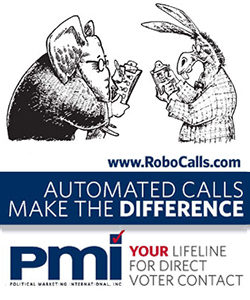(Chuck Muth | September 25, 2013) – The international Organisation for Economic Cooperation and Development (OECD) recently released new figures showing large increases in government agricultural subsidies for farmers all around the globe.
According to a September 18 report in the Financial Times, “the share of farmers’ income derived from subsidies” in China rose 4 points to 17 percent, while an Indonesian farmer’s support jumped 6 points to 21 percent. The OECD’s Agricultural Policy Monitoring and Evaluation report for 2012 also shows that support for farmers in Kazakhstan increased 4 points to 15 percent.
Still, these countries are pikers compared to others.
Government subsidies in Japan, Switzerland and Korea all rose, with OECD estimating the total percent of farmers’ income coming from government subsidies in those countries now exceeding 50 percent. Meanwhile, Norway’s subsidies also grew 4 points, bringing that nation’s support level for farmers’ income to a sky-high, world-leading rate of 63 percent!
By comparison, OECD puts the subsidy percent for U.S. farmers at just 7 percent, which includes sugar farmers who, unlike farmers of other major U.S. crops, don’t receive government subsidy checks. That’s why sugar policy ran without any taxpayer cost from 2003 to 2012..
Government manipulation and intervention in farming “is often blamed for distorting agricultural prices and creating mountains of grain or lakes of milk,” the Times reports, noting that the OECD “has long called for reduction in subsidies.”
That call is consistent with a bipartisan measure in the House (HCR39) recently introduced by Rep. Ted Yoho which calls for “every major sugar-producing and sugar-consuming country in the world” to completely eliminate any and all direct or indirect subsidies to sugar producers.
The resolution specifically refers to “indirect” subsidies, as some countries such as Brazil keep their subsidy rates artificially low by not including billions of dollars worth of tax breaks and no-interest loans coupled with debt forgiveness.
This “Zero for Zero” strategy – in which U.S. sugar producers would agree to total elimination of existing import quotas and tariffs on imported sugar in return for other nations zeroing out their sugar subsidy programs – can and should serve as a model for every other agricultural commodity in every other country.
Zero for Zero lights the path toward making the free market free of government interference. If it works for worldwide sugar farmers, it could work for every other farmer.


